Stalin, Churchill, Roosevelt – Fight!
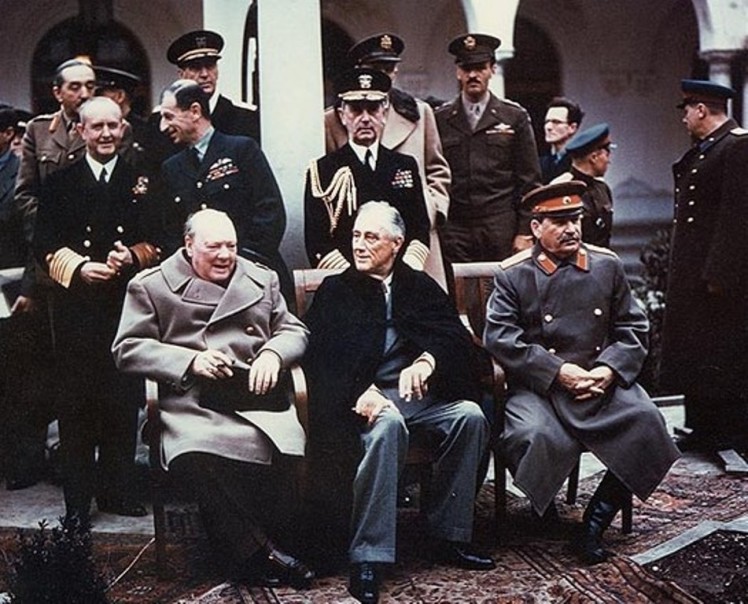 The Yalta Conference
The Yalta Conference
The February 1945 Yalta Conference was the second wartime meeting of British Prime Minister Winston Churchill, Soviet Premier Joseph Stalin and U.S. President Franklin D. Roosevelt. During the conference, the three leaders agreed to demand Germany’s unconditional surrender and began plans for a post-war world. Stalin also agreed to permit free elections in Eastern Europe and to enter the Asian war against Japan, for which he was promised the return of lands lost to Japan in the Russo-Japanese War of 1904-05. Although most of these agreements were initially kept secret, the revelations of the conference particulars became controversial after Soviet-American wartime cooperation degenerated into the Cold War.
The Yalta Conference was a meeting of British prime minister Winston Churchill, Soviet premier Joseph Stalin, and President Franklin Delano Roosevelt early in February 1945 as WW2 was winding down. The leaders agreed to require Germany’s unconditional surrender and to set up in the conquered nation four zones of occupation to be run by their three countries and France. They scheduled another meeting for April in San Francisco to create the United Nations. Stalin also agreed to permit free elections in Eastern Europe and to enter the Asian war against Japan. In turn, he was promised the return of lands lost to Japan in the Russo-Japanese War of 1904-1905. At the time, most of these agreements were kept secret.
Yalta became controversial after Soviet-American wartime cooperation degenerated into the cold war. Stalin broke his promise of free elections in Eastern Europe and installed governments dominated by the Soviet Union. Then American critics charged that Roosevelt, who died two months after the conference, had “sold out” to the Soviets at Yalta.
The Yalta Conference is commonly considered one of the starting points for the Cold War, as it was the base of many hostilities for the U.S. towards the Soviet Union. It was over the issue of the postwar status of Poland, however, that the animosity and mistrust between the United States and the Soviet Union that would characterize the Cold War were most readily apparent. Soviet troops were already in control of Poland, a procommunist provisional government had already been established, and Stalin was adamant that Russia’s interests in that nation be recognized. The United States and Great Britain believed that the London-based noncommunist Polish government-in-exile was most representative of the Polish people. The final agreement merely declared that a “more broadly based” government should be established in Poland. Free elections to determine Poland’s future were called for sometime in the future. Many U.S. officials were disgusted with the agreement, which they believed condemned Poland to a communist future. Roosevelt, however, felt that he could do no more at the moment, since the Soviet army was occupying Poland.
As the Cold War became a reality in the years that followed the Yalta Conference, many critics of Roosevelt’s foreign policy accused him of “selling out” at the meeting and naively letting Stalin have his way. It seems doubtful, however, that Roosevelt had much choice. He was able to secure Russian participation in the war against Japan (Russia declared war on Japan on August 8, 1945), established the basic principles of the United Nations, and did as much as possible to settle the Poland issue. With World War II still raging, his primary interest was in maintaining the Grand Alliance. He believed that troublesome political issues could be postponed and solved after the war. Unfortunately, Roosevelt never got that chance—almost exactly two months after the end of the conference, Roosevelt suffered a stroke and died.
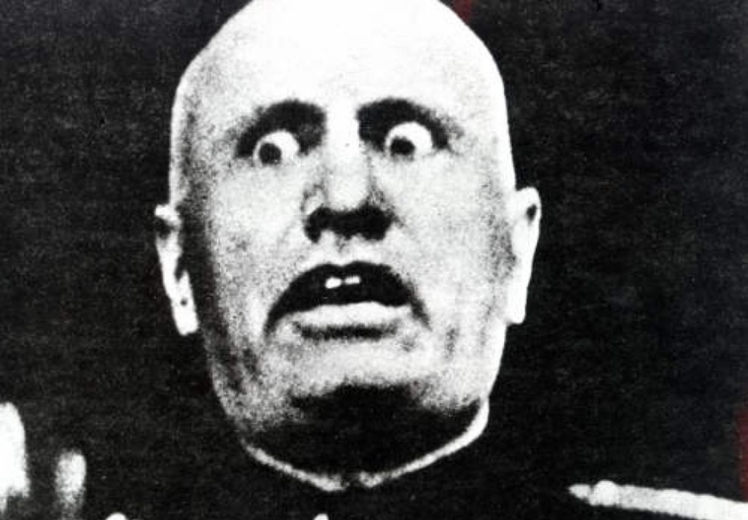 Benito Mussolini
Benito Mussolini World War Simulators and Games
World War Simulators and Games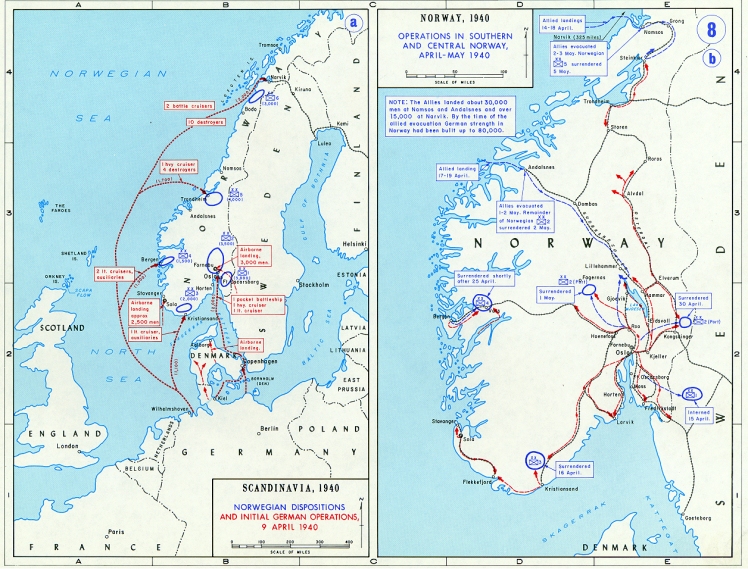 The Invasion of Norway and Denmark
The Invasion of Norway and Denmark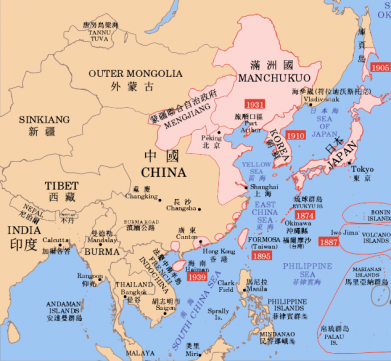
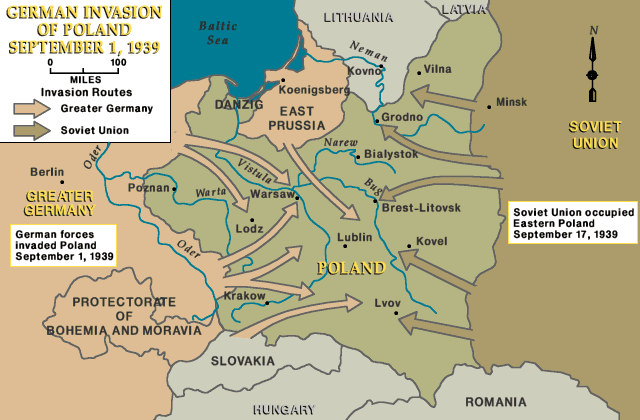
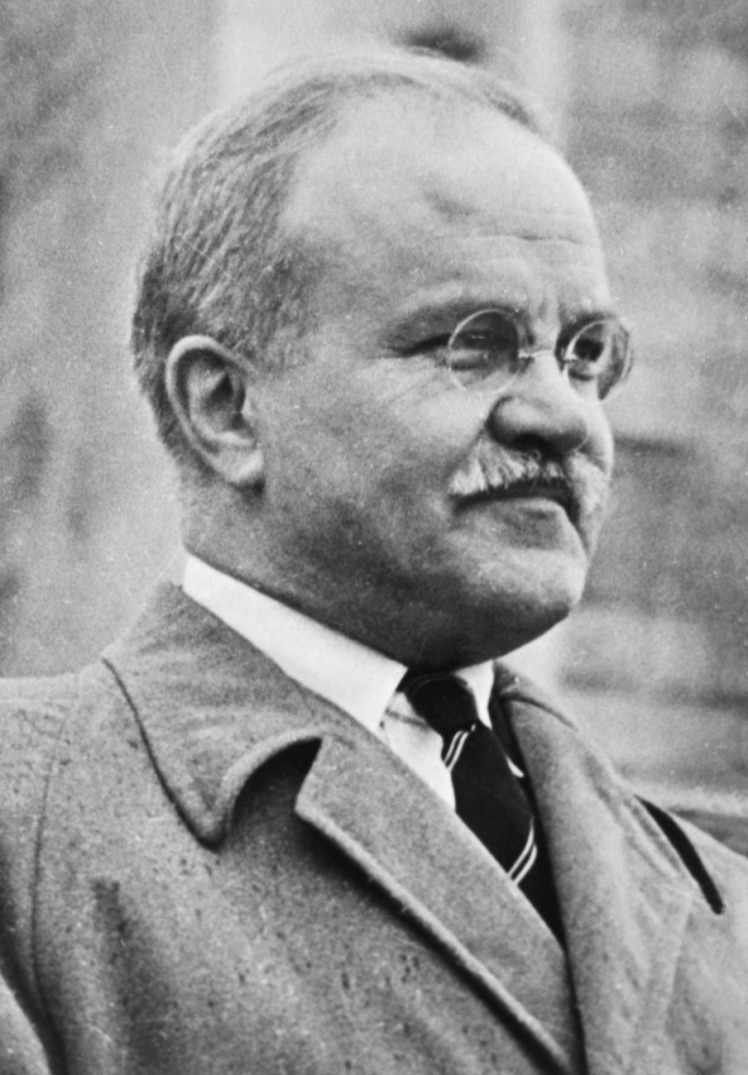
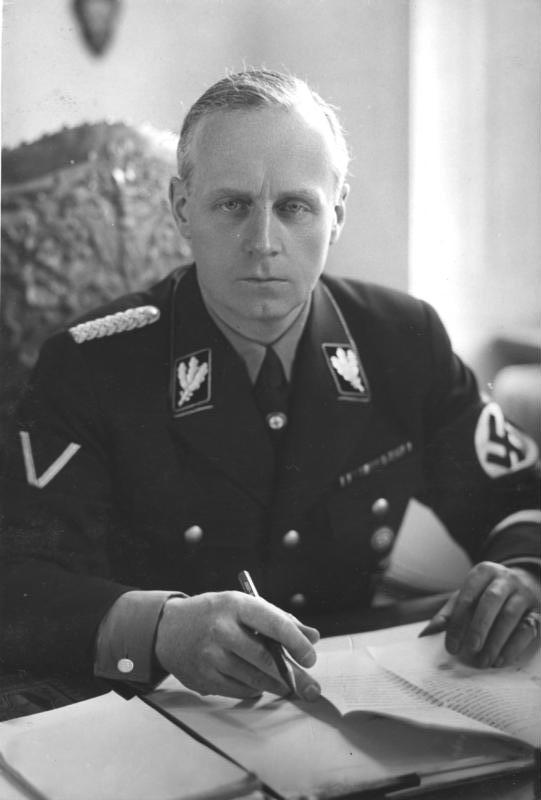
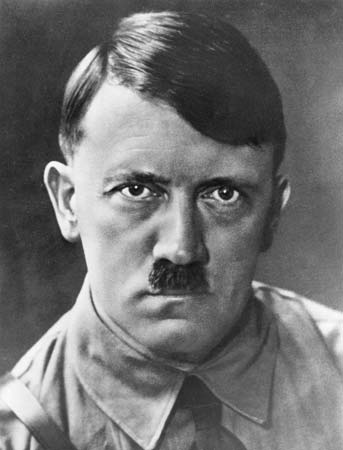 A name almost everyone knows. He is generally considered one of the worst criminals in history, having orchestrated the mass slaughter of innocent peoples and starting the second world war. He was a founding member of the Nationalesozialiste Deutsch Arbeiter Partei(NSDAP) or Nazi Party.
A name almost everyone knows. He is generally considered one of the worst criminals in history, having orchestrated the mass slaughter of innocent peoples and starting the second world war. He was a founding member of the Nationalesozialiste Deutsch Arbeiter Partei(NSDAP) or Nazi Party.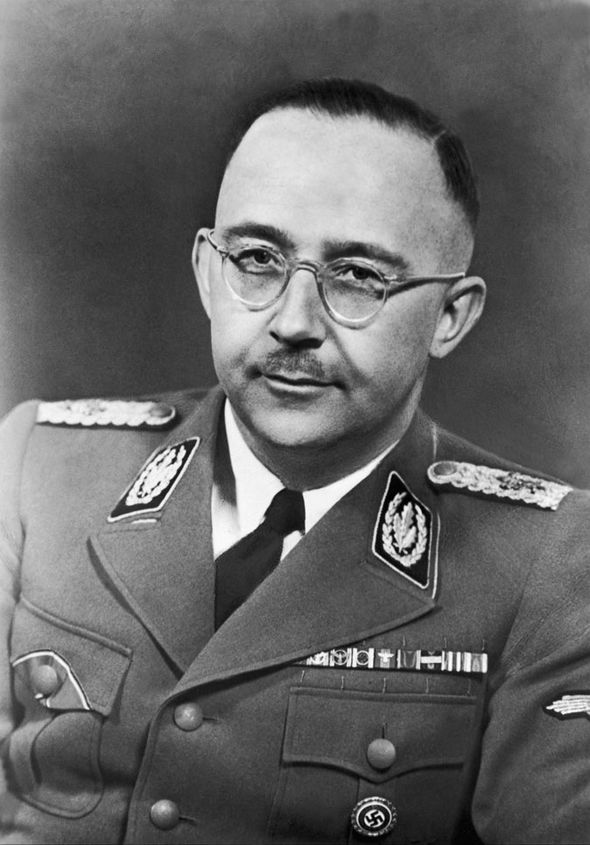 A lesser known name, Himmler was head of the Gestapo, the forces in charge of the extermination and displacement of ethnic minorities such as the Jews. He is responsible for the creation and use of concentration camps to genocide people he thought of as sub-human.
A lesser known name, Himmler was head of the Gestapo, the forces in charge of the extermination and displacement of ethnic minorities such as the Jews. He is responsible for the creation and use of concentration camps to genocide people he thought of as sub-human.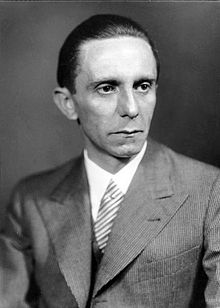 Head of Propaganda for the Nazi party, Goebbels was responsible for converting the people of Germany to believing in the Nazi party. His propaganda effort helped the part rise to prominence in the 30’s, as well as instill fervour in the people during the war.
Head of Propaganda for the Nazi party, Goebbels was responsible for converting the people of Germany to believing in the Nazi party. His propaganda effort helped the part rise to prominence in the 30’s, as well as instill fervour in the people during the war.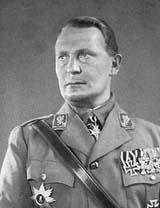 Reichsairmarshal and named successor of Hitler, Hermann Goring was a fairly important figure to the Nazi war machine. He planned and executed the bombings of major Allied cities such as London and Paris. He was responsible for creating the Luftwaffe, the air force of the Nazis. Towards the end of the war, he was heavily addicted to heroin, and was able to commit suicide before being executed for war crimes.
Reichsairmarshal and named successor of Hitler, Hermann Goring was a fairly important figure to the Nazi war machine. He planned and executed the bombings of major Allied cities such as London and Paris. He was responsible for creating the Luftwaffe, the air force of the Nazis. Towards the end of the war, he was heavily addicted to heroin, and was able to commit suicide before being executed for war crimes.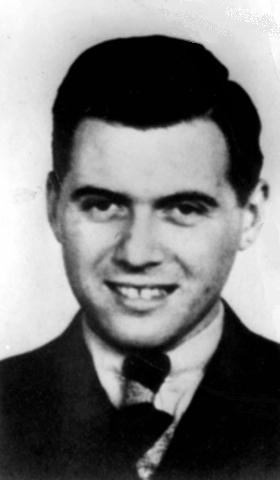 Mengele was a leader of Nazi medical and experimental biological research. His experiments lead to the death and disfigurement of thousands of people. There are still many alive today that are affected by his experiments on their parents or grandparents. He escaped to Argentina after the war, and was never punished for his crimes against humanity.
Mengele was a leader of Nazi medical and experimental biological research. His experiments lead to the death and disfigurement of thousands of people. There are still many alive today that are affected by his experiments on their parents or grandparents. He escaped to Argentina after the war, and was never punished for his crimes against humanity.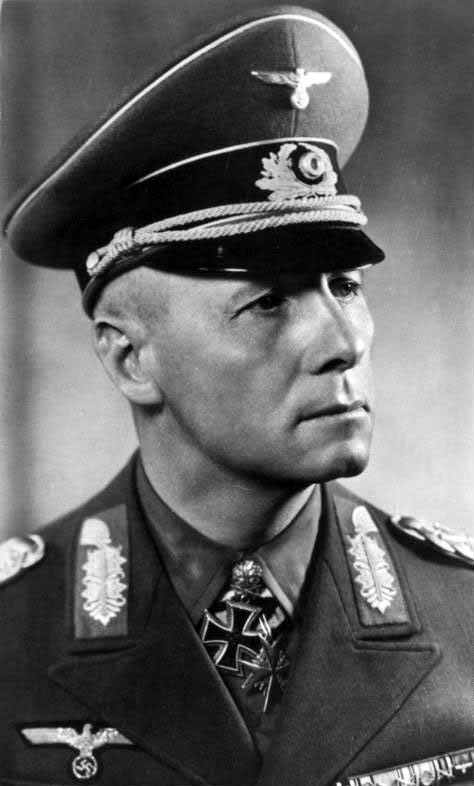 Sometimes called the ‘Last German Knight,’ Rommel was an incredibly valorous man, whose efforts, even with lack of supplies, yielded incredible gains for Nazi Germany. As a General, he was feared and respected by his enemies, General Bernard Montgomery even seeing him as a personal rival. After Rommel failed to defend Germany from the invasions at Normandy, even though it was Hitler’s fault, he was forced to kill himself. He was given a hero’s funeral and parade, although Hitler despised him. The death of Rommel signaled to the German people that the war was truly over, as the German giant was finally dead. Hitler hated Rommel, but Rommel likewise despised Hitler, he may even have been part of a conspiracy to kill Hitler and end the war.
Sometimes called the ‘Last German Knight,’ Rommel was an incredibly valorous man, whose efforts, even with lack of supplies, yielded incredible gains for Nazi Germany. As a General, he was feared and respected by his enemies, General Bernard Montgomery even seeing him as a personal rival. After Rommel failed to defend Germany from the invasions at Normandy, even though it was Hitler’s fault, he was forced to kill himself. He was given a hero’s funeral and parade, although Hitler despised him. The death of Rommel signaled to the German people that the war was truly over, as the German giant was finally dead. Hitler hated Rommel, but Rommel likewise despised Hitler, he may even have been part of a conspiracy to kill Hitler and end the war.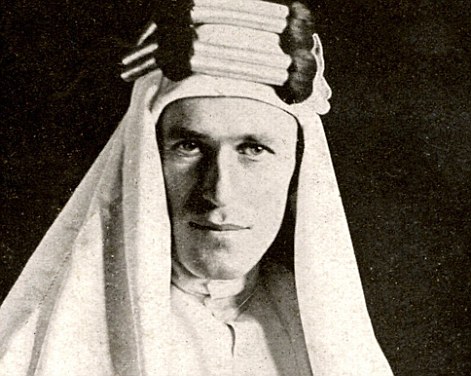 Thomas Edward Lawrence 1888-1935
Thomas Edward Lawrence 1888-1935